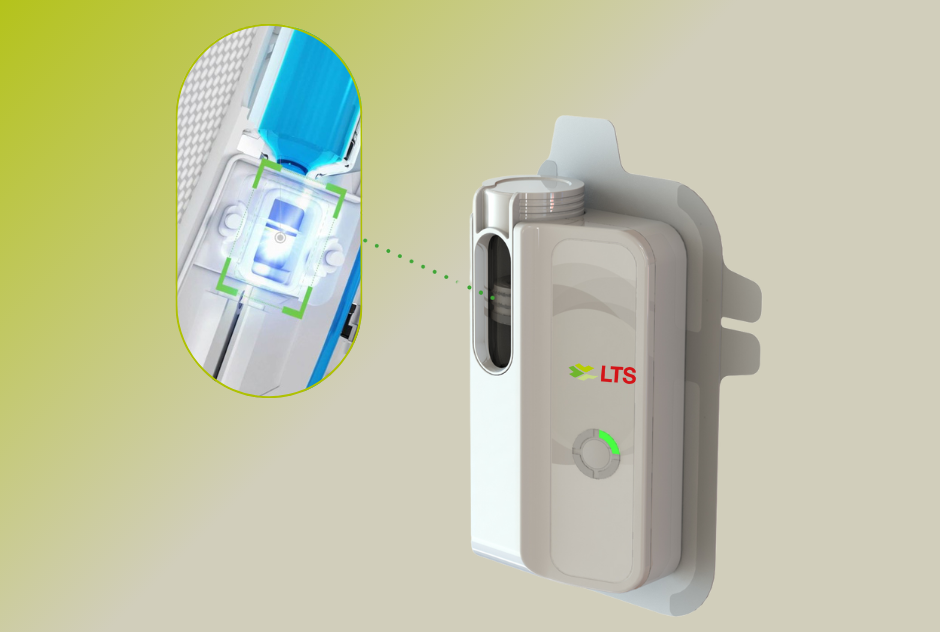
Microarray Patch Technology – A Promising Step Forward in Multiple Sclerosis Therapy
At LTS, we are committed to developing innovative solutions that improve patients’ lives. Our latest preclinical study marks a significant milestone: we have successfully demonstrated that our Microneedle Array Patch (MAP) technology can deliver beta interferon—a key medication for multiple sclerosis (MS)—as effectively as traditional injections, but with added benefits for patients.
Why This Matters
Multiple sclerosis is a chronic disease that often requires regular injections of beta interferon. While effective, these injections can be uncomfortable and inconvenient, sometimes leading to missed doses and reduced treatment success. Our goal at LTS is to make therapies easier and more patient-friendly, without compromising on efficacy.
Our Approach
We have developed a MAP designed to deliver beta interferon transdermally. This innovative system incorporates hundreds of microscopic, barely visible needles that penetrate the outermost layers of the skin, enabling the painless administration of the active pharmaceutical ingredient. To evaluate the performance of this technology, we conducted a preclinical study using minipigs, an established animal model whose skin closely mimics human skin in both structure and function. This allowed for a robust comparison between the MAP and conventional injection methods, including both intradermal and intramuscular administration.
Key Results
Throughout the study, we systematically measured pharmacokinetic parameters such as the concentration of beta interferon in the bloodstream, the time required to reach peak plasma levels, and the overall tolerability of the MAP. The results demonstrated that the Microneedle Array Patch achieved systemic exposure to beta interferon comparable to that of traditional injection routes. Notably, the MAP facilitated a more rapid attainment of peak drug concentrations in the blood, suggesting a faster onset of therapeutic action. The technology also exhibited excellent local tolerability, with only mild and transient erythema observed at the application sites and no significant adverse effects reported. Furthermore, the dosing could be flexibly adjusted by varying the number of patches applied, allowing for precise control over drug delivery.
What This Means for Patients and Pharma
For patients and the pharmaceutical sector, these findings are highly relevant. The MAP technology offers a less invasive and potentially self-administered alternative to injections, which may enhance patient comfort and adherence to therapy. Beyond multiple sclerosis, this platform could be adapted for the delivery of other biologic agents, such as vaccines or protein-based therapeutics. Overall, our study supports the potential of microarray patches to advance the field of drug delivery, particularly for complex biologics that currently require injection.
Looking Ahead
This successful preclinical study is an important step toward bringing microarray patch technology to patients with MS and beyond. The next phase will be to confirm these results in human clinical trials.
At LTS, we are proud to lead the way in transdermal drug delivery innovation—making treatments safer, easier, and more effective for patients worldwide.







